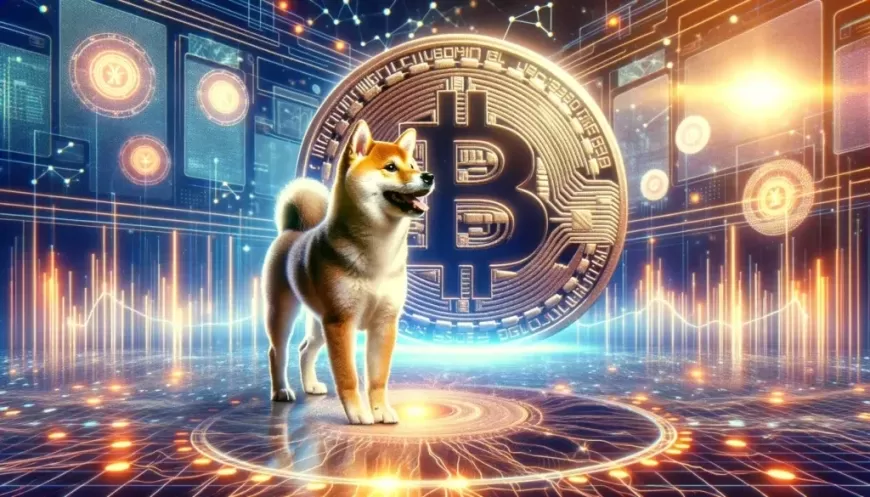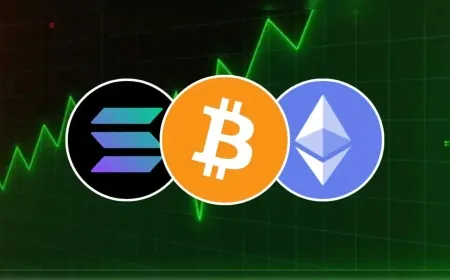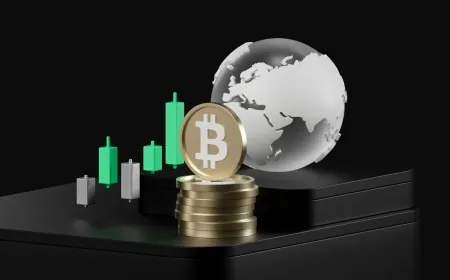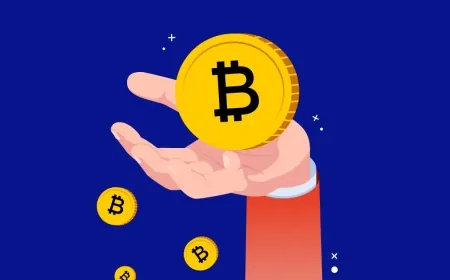Is It Time to Move Away from Bitcoin and Invest in Shiba Inu Instead?
Is it time to move from Bitcoin to Shiba Inu? Explore the strengths, weaknesses, and potential gains of Shiba Inu as an alternative investment.

The cryptocurrency market enjoyed a significant boost, thanks to stimulus checks, social media hype, and FOMO, especially in 2021. However, by 2022, rising interest rates caused many investors to step back from digital assets, leading to what became known as the "crypto winter."
Bitcoin, which hit an all-time high near $69,000 in November 2021, took a sharp dive, dropping below $16,000 by November 2022. Shiba Inu also suffered a significant decline, plummeting more than 90% from its peak price of $0.000086 in October 2021 to just $0.000008 by mid-2022.
Despite these downturns, the crypto market rebounded in 2023 and 2024 as interest rates began to stabilize. Bitcoin climbed back to over $63,000, while Shiba Inu bounced back to about $0.000018, more than doubling from its previous lows. With the Federal Reserve cutting interest rates further, both digital assets have the potential to rise even higher.
For many, Bitcoin remains the top choice among cryptocurrencies, often considered a "blue chip" in the market. Its market capitalization stands at a massive $1.26 trillion, placing it among the world’s most valuable assets. Yet, for those willing to take a bigger risk for possibly greater rewards, Shiba Inu, with a significantly smaller market cap of $11 billion, might seem like a more enticing option. So, should you consider Shiba Inu over Bitcoin? Let’s explore the strengths and weaknesses of Shiba Inu to see if it's a worthwhile alternative.
Bitcoin vs. Shiba Inu: Key Differences
Bitcoin operates using a proof-of-work (PoW) system, which involves miners using specialized hardware, known as ASIC (application-specific integrated circuit) machines, to validate transactions and create new coins. Companies such as Marathon Digital require thousands of these power-hungry devices to consistently mine Bitcoin. A total of 21 million Bitcoins can ever be produced, with approximately 19.8 million already mined. The process becomes more difficult with time, as every four years, a "halving" event reduces mining rewards by half, which increases scarcity and enhances Bitcoin’s value. This structure makes Bitcoin similar to precious metals like gold and silver, and it is classified as a commodity by the U.S. Securities and Exchange Commission (SEC). This classification has led to the approval of Bitcoin-based exchange-traded funds (ETFs), giving it a significant edge over many other cryptocurrencies.
Shiba Inu, on the other hand, is built on the Ethereum blockchain and follows a different path. Unlike Bitcoin, Shiba Inu cannot be mined. Its entire supply of nearly one quadrillion tokens was pre-minted when it launched in 2020. Since then, over 40% of the tokens have been burned to reduce circulation and increase scarcity. Moreover, Shiba Inu operates on a proof-of-stake (PoS) system, which is much more energy-efficient than Bitcoin's PoW system. Ethereum transitioned to this PoS system in 2022, making mining hardware unnecessary for validating transactions. However, the SEC categorizes PoS tokens like Shiba Inu as securities rather than commodities, meaning they face stricter regulations.
Shiba Inu has also made strides in developing its ecosystem, introducing Shibarium, a Layer-2 blockchain that speeds up transactions, and ShibaDEX, a decentralized exchange supporting cross-chain trading. These developments boost its utility, but they don’t yet rival the stature of Bitcoin.
Shiba Inu's Challenges
Despite Shiba Inu’s growth, it faces several obstacles. Being built on the Ethereum network, it must compete with Ethereum’s native token, Ether, which is priced at about $2,600 and has a market capitalization of $317 billion. Shiba Inu also lags behind newer PoS blockchains, like Solana and Cardano, in transaction speed and overall efficiency, limiting its competitive edge.
Additionally, Shiba Inu's adoption remains relatively limited. While Bitcoin and Ether are widely accepted and used for various transactions and investments, Shiba Inu has struggled to gain the same traction. The lack of institutional recognition also means Shiba Inu doesn’t have the advantage of spot-price ETFs, unlike Bitcoin.
Because of these factors, Shiba Inu may not be able to offer the long-term growth prospects that larger cryptocurrencies like Bitcoin or Ether do. It is still largely seen as a speculative investment for short-term traders seeking quick returns.
Should You Choose Shiba Inu or Stick With Bitcoin?
If you're looking for a stable, long-term investment, Bitcoin remains the safer bet. Its established market position, scarcity through halving events, and growing institutional adoption all point to steady growth over time. The recent approval of Bitcoin ETFs further solidifies its future prospects.
Shiba Inu, while potentially appealing to risk-tolerant investors due to its lower price and growing ecosystem, lacks the widespread use and regulatory clarity that Bitcoin enjoys. Its volatility and limited practical use make it a more speculative asset, likely better suited for short-term gains rather than long-term wealth building.
In conclusion, for those looking to invest in the crypto market with a focus on long-term security and growth, Bitcoin is still the better choice. Shiba Inu may have its moments of opportunity, but it lacks the fundamentals needed for sustained success.
Also Read: Shiba Inu Beats Bitcoin and Dogecoin with the Highest One-Year Returns

































































